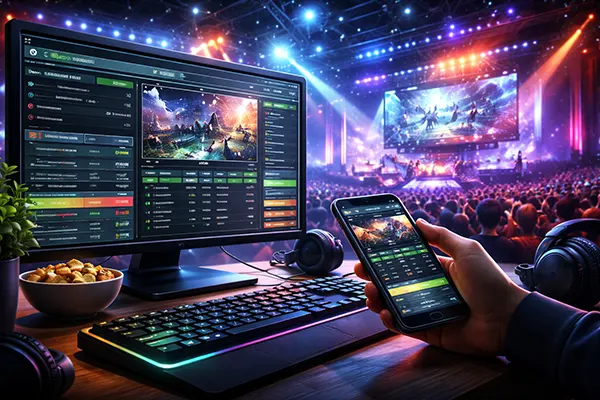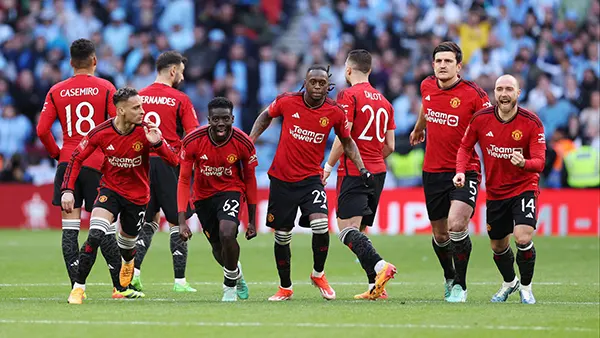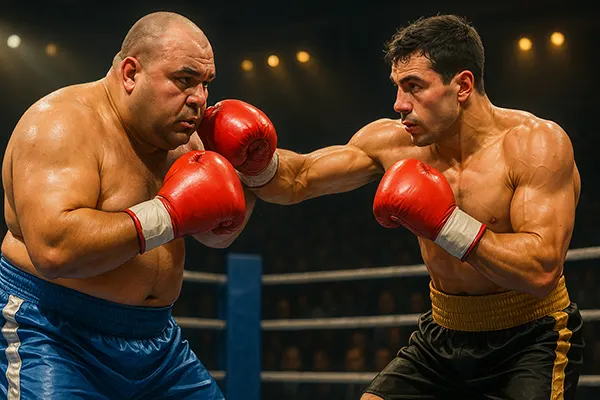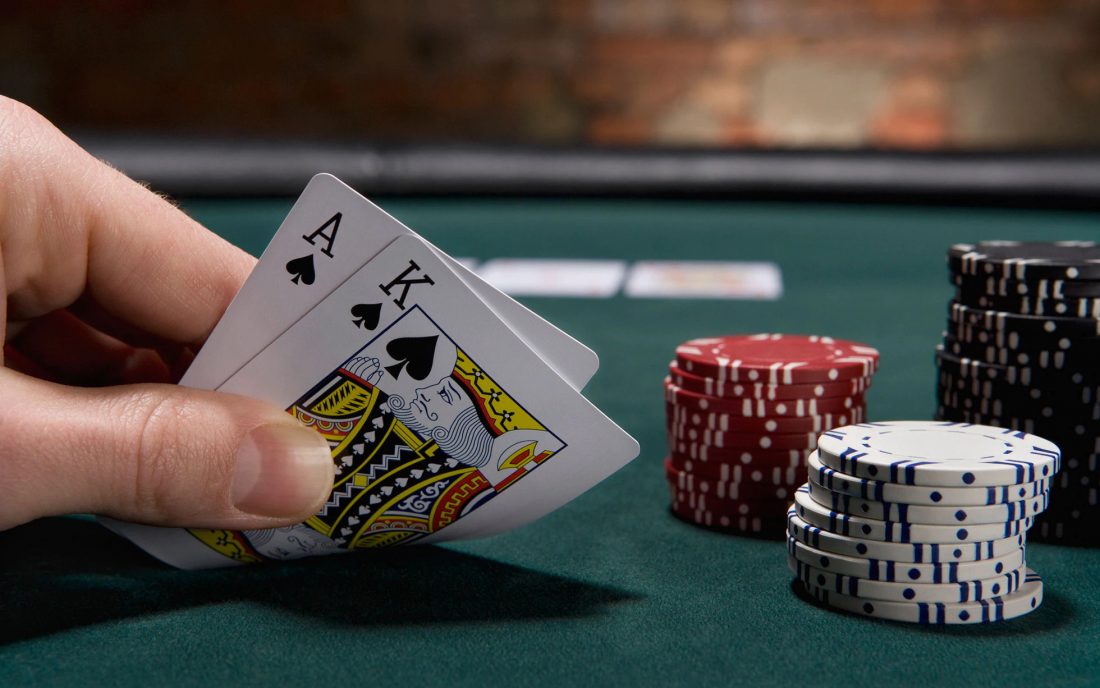Analysing Boxers’ Image: How Media and Social Networks Shape Perception
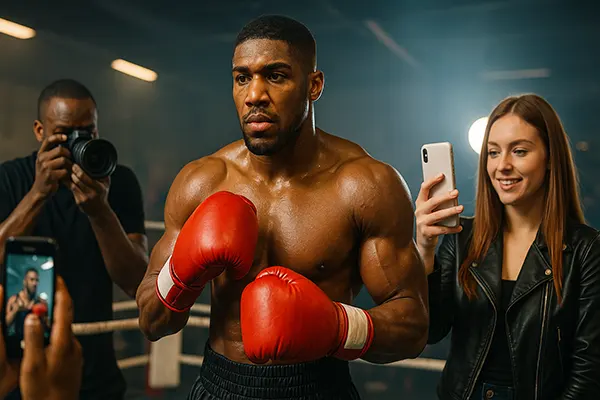
In modern boxing, athletic performance inside the ring is only part of the story. A fighter’s public image, media presence, and online persona often determine the scope of their career opportunities as much as their win–loss record. Reputation is no longer built solely on victories but also on visibility, relatability, and influence. This transformation highlights the growing importance of branding strategies, with traditional press, television, and modern social media shaping how boxers are seen and remembered.
The Role of Reputation in a Boxer’s Career
Reputation in boxing extends beyond sporting achievements. A well-crafted image can open doors to lucrative sponsorships, headline fights, and global recognition. Fighters with strong reputations are often matched with high-profile opponents, not only because of skill but because promoters and broadcasters know these bouts will attract attention. A boxer’s perceived character – whether as a disciplined champion or as a controversial figure – influences how fans and media engage with them.
Endorsement contracts are particularly sensitive to reputation. Major brands prefer to align themselves with athletes who embody values such as resilience, discipline, and charisma. Negative publicity, scandals, or reckless behaviour on social networks can harm a fighter’s chances of securing partnerships. Conversely, those who project a positive and marketable image often see their earning potential extend far beyond the ring.
In 2025, the commercial value of boxing careers is inseparable from image management. Athletes are aware that one viral clip or one damaging headline can change the course of their career. Reputation today is managed proactively, involving agents, PR specialists, and even social media consultants who ensure every move aligns with the broader branding strategy.
Case Studies of Media-Driven Careers
Anthony Joshua exemplifies how careful reputation management pays off. His image as a disciplined, humble, yet ambitious athlete allowed him to secure contracts with international companies such as Under Armour and Jaguar Land Rover. His media persona complements his achievements, reinforcing a global brand that resonates with fans and corporate sponsors alike.
On the opposite end, boxers such as Adrien Broner illustrate the risks of unmanaged public presence. Controversial behaviour and inconsistent performances reduced his marketability despite his talent. The media narrative shaped around him highlights how a negative reputation can overshadow athletic ability.
The rise of crossover fighters like Jake Paul further demonstrates the role of digital-first branding. His career, largely built on YouTube and Instagram exposure, proves that in today’s boxing landscape, strong digital storytelling can create real opportunities in the sport, even for non-traditional athletes.
Traditional Media Versus Digital Platforms
In the twentieth century, a boxer’s reputation relied heavily on television, newspapers, and radio interviews. Journalists and sports broadcasters shaped the narrative, often presenting boxers as either heroic figures or controversial rebels. The narrative was largely one-directional, with limited opportunities for athletes to correct or expand on their portrayal.
The current era is fundamentally different. Fighters now communicate directly with fans through platforms like Instagram, TikTok, and X (formerly Twitter). They are no longer dependent on sports journalists to mediate their public persona. This shift has allowed for a more authentic, sometimes unfiltered image, which can both help and harm a fighter’s brand.
Digital channels also amplify reach. A single viral video or live stream can be seen by millions within hours. This immediacy brings power but also responsibility, as the same tools that grow fame can instantly damage reputations if misused. Unlike traditional press coverage, online narratives spread quickly and are harder to control once released.
The Shift in Narrative Control
Where once media dictated the stories of fighters, today’s athletes are active participants in shaping their own image. Tyson Fury, for example, uses social networks not only to promote fights but also to discuss personal struggles, breaking stereotypes and connecting with fans on a human level. This transparency has strengthened his fan base and enhanced his credibility.
Meanwhile, younger boxers entering the sport rely heavily on platforms like TikTok to showcase training sessions, behind-the-scenes content, and lifestyle moments. These strategies foster a sense of intimacy with followers, making them more than spectators – they become part of the journey.
Nevertheless, risks remain. Unlike controlled press statements, social media posts are instantaneous and often impulsive. Ill-considered remarks, controversial videos, or conflicts with fans can harm an athlete’s long-term reputation. The line between authenticity and recklessness remains thin, requiring strategic planning to avoid pitfalls.
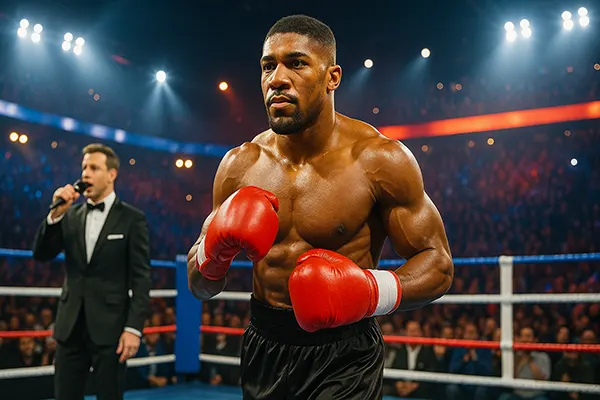
Building a Sustainable Image in 2025
Successful boxers today understand that reputation is not static. Maintaining relevance requires continuous effort, adaptation, and alignment with evolving audience expectations. In 2025, sustainability in image-building means balancing authenticity with professionalism while avoiding overexposure or fatigue among fans.
PR strategies are increasingly multidisciplinary, blending sports journalism, influencer collaborations, and personal storytelling. A fighter’s brand must resonate not only with hardcore fans but also with casual audiences and corporate stakeholders. Consistency across press interviews, sponsorship campaigns, and digital platforms is crucial.
Boxers also face growing pressure to engage with broader social issues. Audiences expect athletes to stand for something beyond sport, whether that be mental health advocacy, community development, or charitable work. Those who successfully integrate these dimensions into their public persona gain deeper trust and relevance, ensuring their image endures beyond their active career.
Future Trends in Boxer Branding
The future of boxer branding lies in hybrid approaches that combine traditional sports storytelling with innovative digital strategies. Media houses still play a role in legitimising careers, but the strongest images will be built on authentic online engagement paired with credible mainstream coverage.
Technologies such as augmented reality and immersive fan experiences are already being tested, allowing supporters to interact with fighters in new ways. These innovations will further blur the line between sport and entertainment, increasing the value of image management.
Ultimately, the fighters who thrive will be those who treat branding as a long-term investment, ensuring that their reputations evolve with cultural and technological shifts. Image, as much as skill, will remain one of the decisive factors in shaping boxing legacies.

